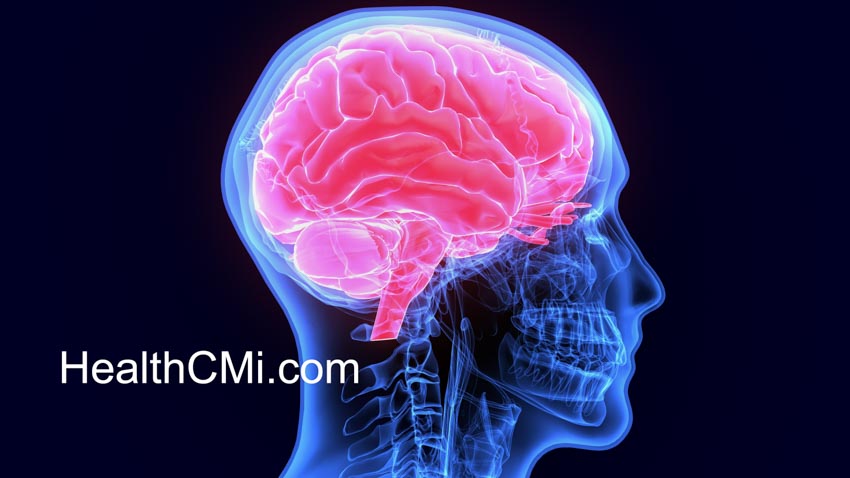
Acupuncture demonstrates clinical efficacy for the treatment of persistent hiccups induced by stroke. First Affiliated Hospital of Tianjin University of Traditional Chinese Medicine researchers conclude that acupuncture treatment combined with medications is superior to drug monotherapy. Based on clinical results, the researchers add that acupuncture is a worthwhile treatment application due to its simplicity, safety, and cost-effectiveness for the treatment of hiccups induced by stroke. [1]
The sample size was comprised of 84 patients admitted to the hospital from April 2017 to September 2019. Inclusion criteria were based on the China Cerebrovascular Disease Prevention and Control Guide. All patients had a disease course of at least 24 hours and all patients suffered from frequent hiccups at different sound volumes (with an interval of at least 30–60 minutes). Exclusion criteria were as follows: a history of pharyngeal dysfunction, tongue atrophy, malignant tumors, severe disorder of vital organs.
The patients were randomly divided into the observation and acupuncture groups, with 42 patients in each group. The observation group consisted of 32 males and 10 females. The average age for this group was 64.15 ±8.82 years. The mean disease duration was 8.02 ±3.27 days. Within this group, 34 patients had cerebral infarction while 7 patients had cerebral hemorrhage. Similarly, the acupuncture group consisted of 31 males and 11 females. The average age for this group was 63.82 ±7.84 years. The mean disease duration was 7.75 ±2.88 days. Within this group, 35 patients had cerebral infarction while 7 patients had cerebral hemorrhage.
Acupuncture Points & Medication Regimen
The observation group solely received regular pharmaceutical treatment. Patients were given baclofen tablets, an antispasmodic agent. Initially, a dose of 5 mg was taken three times per day. Dosage was raised to 10 mg if symptoms persisted after the first three days. Treatment lasted for one week.
The acupuncture group received acupuncture treatment in addition to the medication. Filiform 0.35 mm × 40 mm acupuncture needles were inserted at two acupoints: PC6 (Neiguan), Shuigou (GV26). For Neiguan, needles were inserted bilaterally using a lifting and thrusting supplementation and dredging manipulation technique (Ti Cha Nian Zhuan Xie Fa), to a maximum depth of 0.5 cun. The procedure lasted for one minute. Needles at Neiguan were retained for 30 minutes.
For Shuigou, the bird pecking manipulation technique (Zhong Que Zhuo Fa) was used to insert the needle toward the nasal septum, reaching a depth of 0.3 cun and forming a 30-degree angle with the skin surface. Treatment was administered for six consecutive days per week. After one-day break, the treatment proceeded for another week.
Results
Before and after the treatment, observation parameters, including International Prognostic Scoring System for Hiccup (IPSS), Hamilton Anxiety Scale (HAMA), Hamilton Depression score (HAMD), sleep quality, and Activities of daily life (ADL) were recorded and assessed.
After the completion of the treatment, the acupuncture group presented a more significant change in IPSS, dropping from 3.27 ±0.82 to 1.48 ±0.46, whereas the control group experienced a smaller change from 3.33 ±0.80 to 2.14 ±0.55. In terms of sleep quality, the acupuncture group showed a marked improvement in the following parameters: sleep onset latency, sleep efficiency, waking from sleep after onset.
From a mental health perspective, patients in the acupuncture group had better results in HAMA and HAMD scores. Scores for these two parameters dropped from 20.32 ±2.65 to 9.27 ±3.22 and from 22.17 ±4.67 to 9.88 ±3.11, respectively. Patients' ADL score (91.15 ±9.54) in the acupuncture group almost doubled compared with scores before treatment (52.13 ±5.93). However, the drug monotherapy observation group's score increased less significantly, rising from 51.53 ±5.76 to 75.35 ±8.09. This is a clear indication that the integrative medicine approach to care produces superior outcomes.
A related study in 2018 determined that the Activating Brain and Regaining Consciousness needling principle (Xing Nao Kai Qiao Fa) stimulates the solitary nucleus and its surrounding lateral reticular ridge, thus interacting vagus nerve nerve impulses. This acupuncture technique demonstrated positive outcomes for stroke patients, including motor limb improvements and cognitive function improvements. [2] The results of the aforementioned investigations indicate that acupuncture is an important treatment option for stroke patients.
Notes:
[1] Zhang Peng, Cheng Lingsu, Xu Junfeng, Effects of Acupuncture Treatment with Activating-Brain and Regaining-Consciousness Principle on Hiccup Sleep, Mental Status and Quality of Life after Stroke, Liaoning Journal of Traditional Chinese Medicine, 2020, 11.
[2] Lu Chunhua, Wang Kai, Zeng Zhen, Impacts on the limb function recovery and the daily living ability in the patients of post-stroke hemiplegia treated with xingnao kaiqiao needling and the imitated-context rehabilitation training, World Journal of Integrated Traditional and Western Medicine 2018, Vol. 13, No.11.


